Worried about getting poorly from street food while travelling? I completely understand—it’s something I’ve had to deal with as well, and I’ve delved into numerous strategies to avoid food-borne nasties.
This article will provide you with crucial tips on how to savour street food safely, ensuring an unforgettable and digestive-friendly adventure. Ready for delicious escapades without the worry? Carry on reading!
Key Takeaways
- Choose Busy Vendors: Stalls with many customers are usually safe and serve fresh food. Locals know the best spots.
- Watch Hygiene: Look for vendors who wear gloves, use clean tools, and wash hands often. Clean stalls suggest safer food.
- Eat Fully Cooked Meals: Opt for fully cooked dishes like grilled meats or steamed vegetables. This kills harmful germs.
- Use Your Own Utensils: Carry your own cutlery to avoid shared germs. Always ensure provided utensils are clean.
- Trust Your Senses: If food looks or smells off, don’t eat it. Stick to stalls that look clean and tidy.
Identifying Safe Street Food Vendors
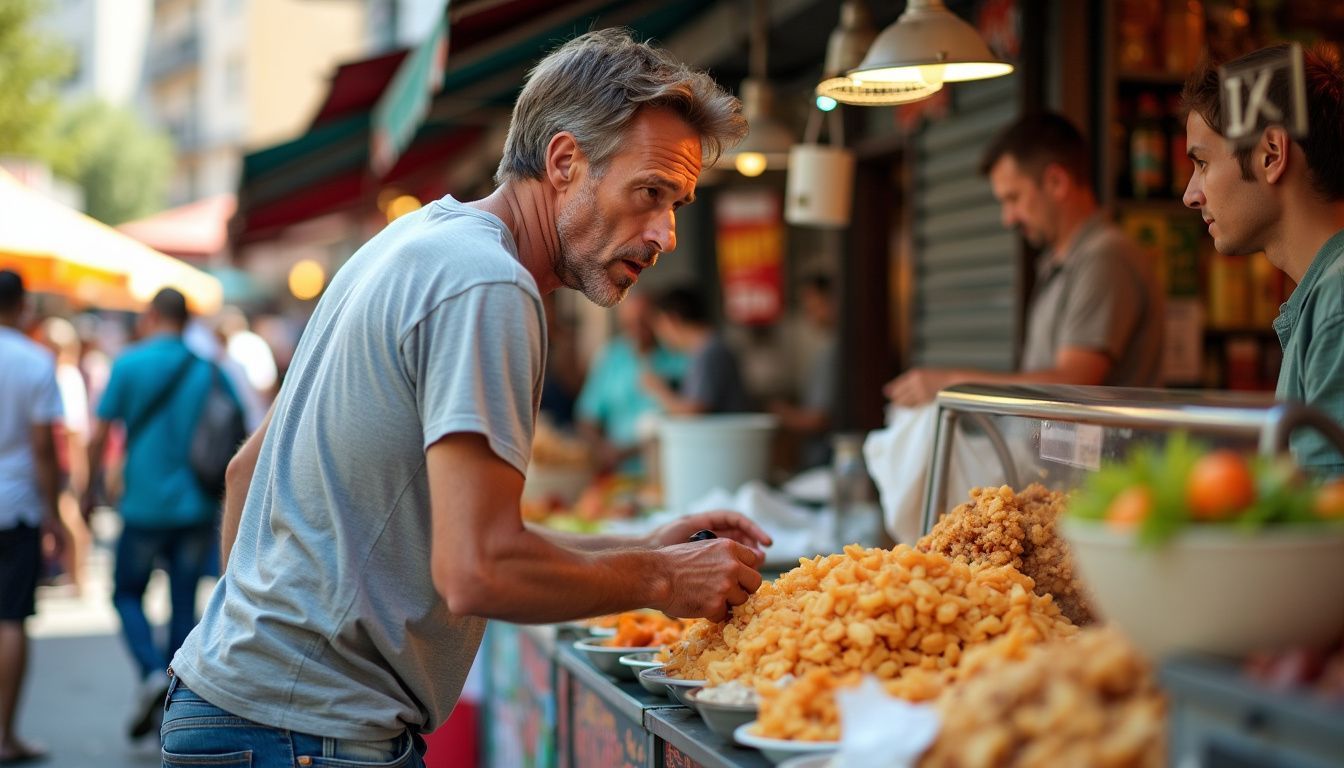
Busy vendors usually indicate popular and fresh food. It’s also key to watch how clean the vendor and their stall is… it can tell you a lot about their hygiene practices.
Look for high customer turnout
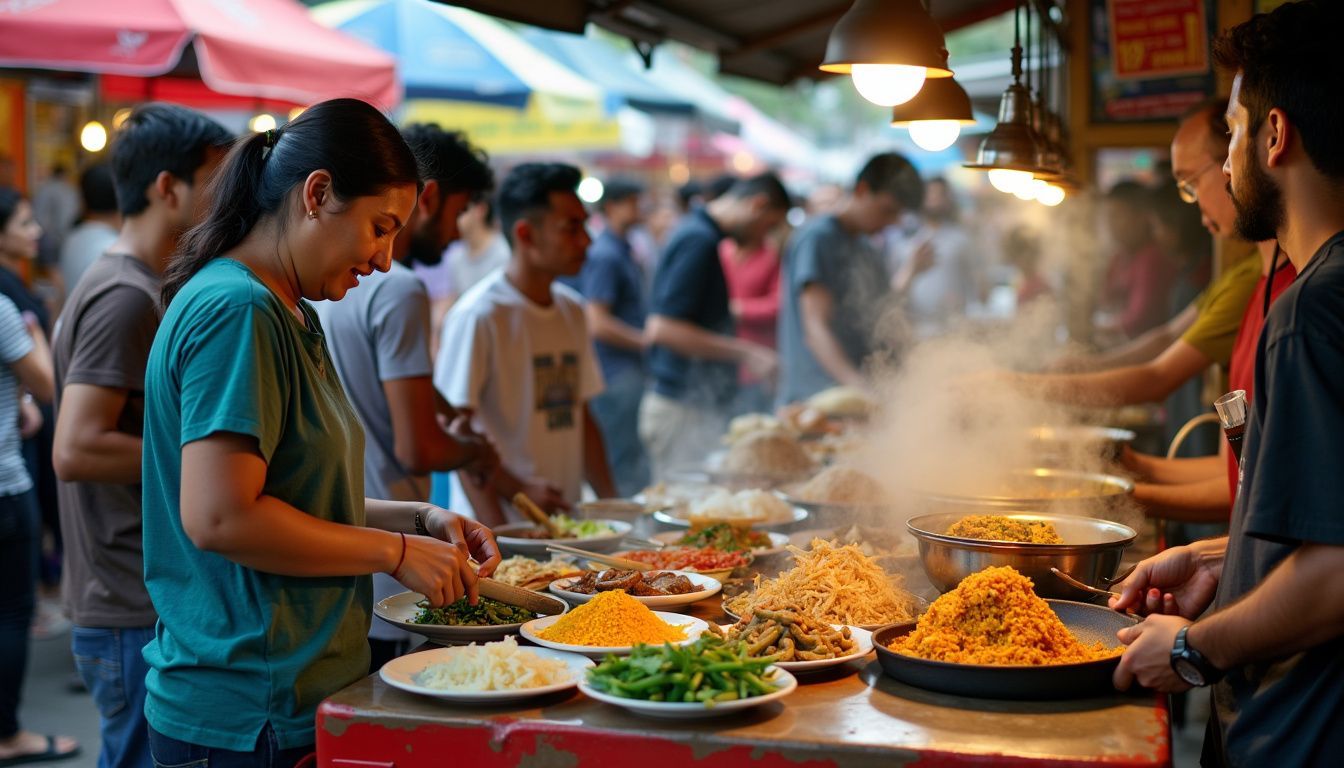
If a street food stall has many customers, it is likely safe and tasty. Locals know the best places to eat in their town. A busy vendor means fresh ingredients are used often.
A high customer turnout also shows good hygiene practices. I always look for stalls with locals lining up. This simple trick helps avoid food poisoning when trying local cuisine.
High customer turnout at street food stalls often indicates safety and quality.
Eating where locals eat supports sustainable tourism as well. The local economy benefits from your choice, making your travel experience more authentic.
Assess vendor hygiene
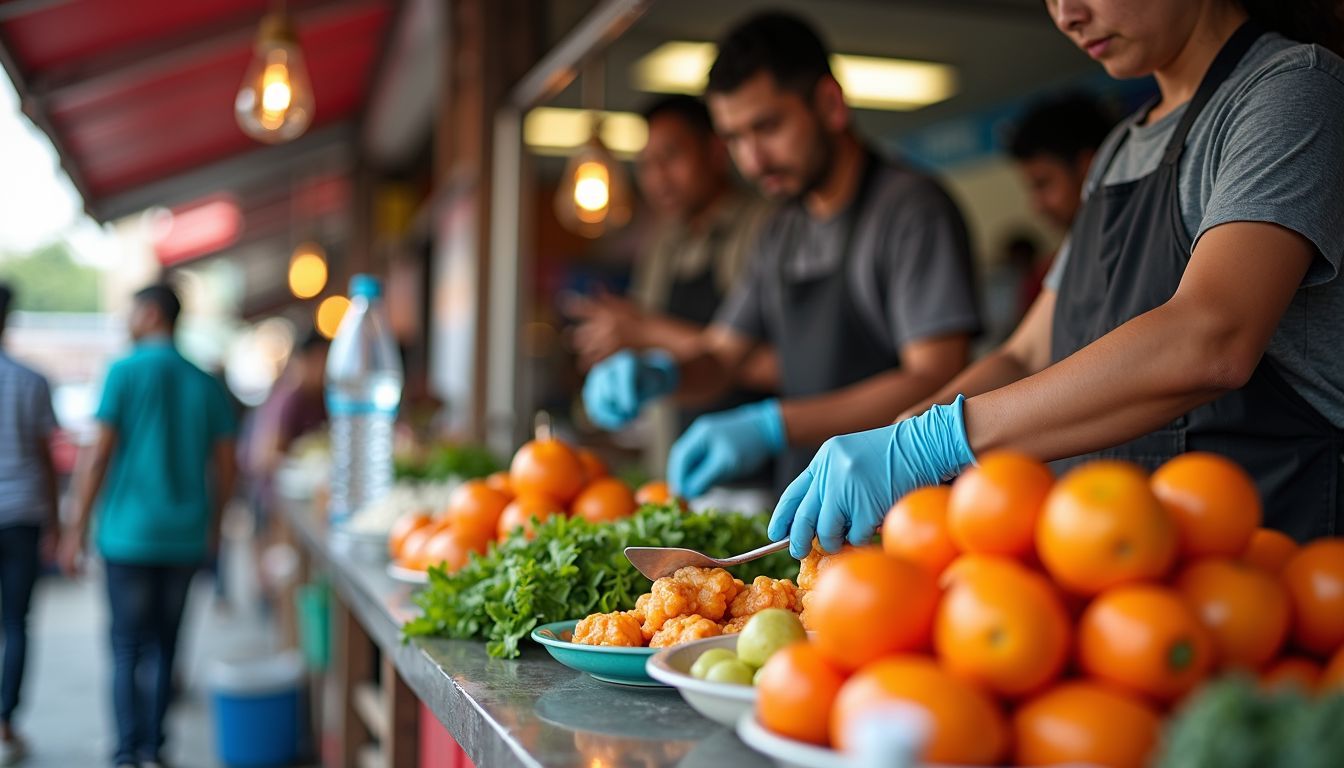
Cleanliness is key when picking a street food vendor. I always check if the seller wears gloves and uses clean utensils. They should wash their hands often, especially after handling money.
Bottled water helps avoid contaminated water issues.
A busy stall can signal fresh food and quick turnover. Look for vendors who keep raw meat separate from cooked foods to prevent infections like norovirus or hepatitis A. Spotting good hygiene saves me from traveller’s diarrhoea too!
Key Food Safety Practices to Follow
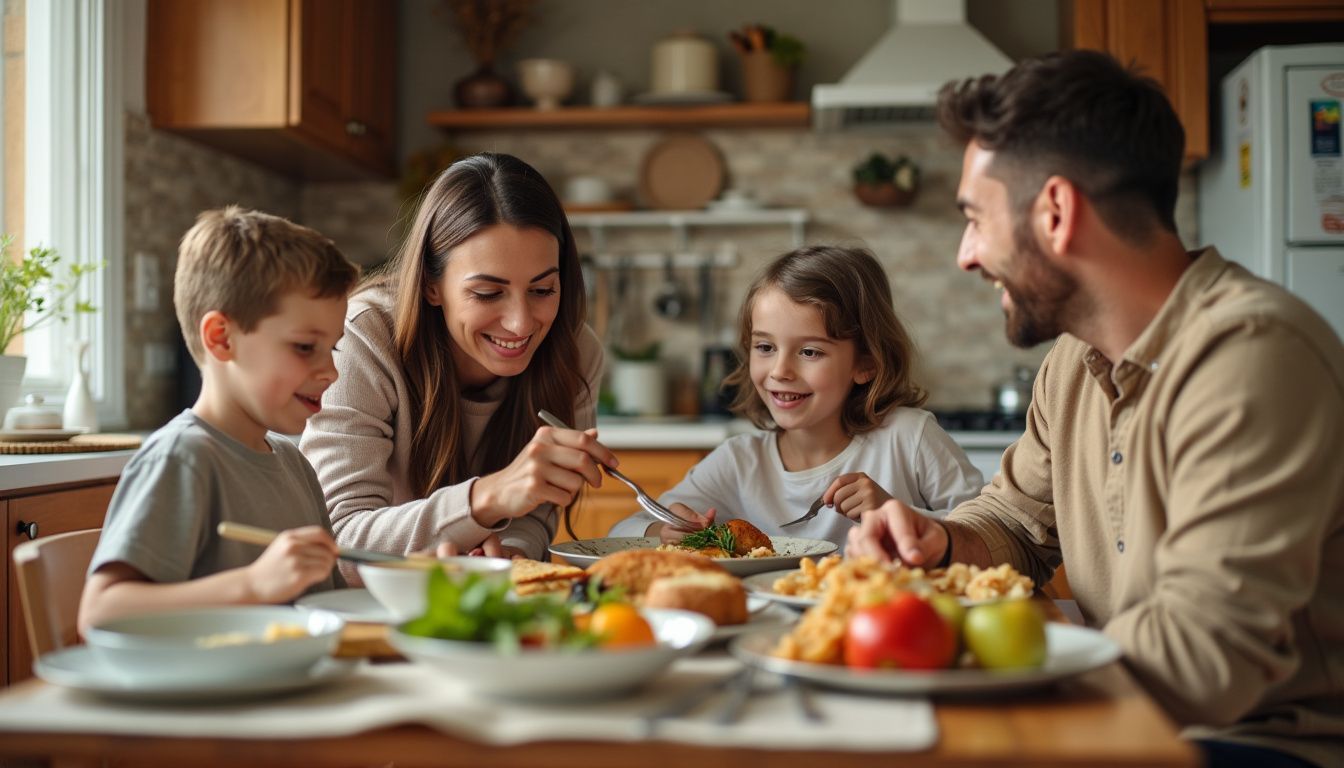
Always choose meals that are fully cooked. Avoid any food that looks raw or undercooked.
Opt for fully cooked meals
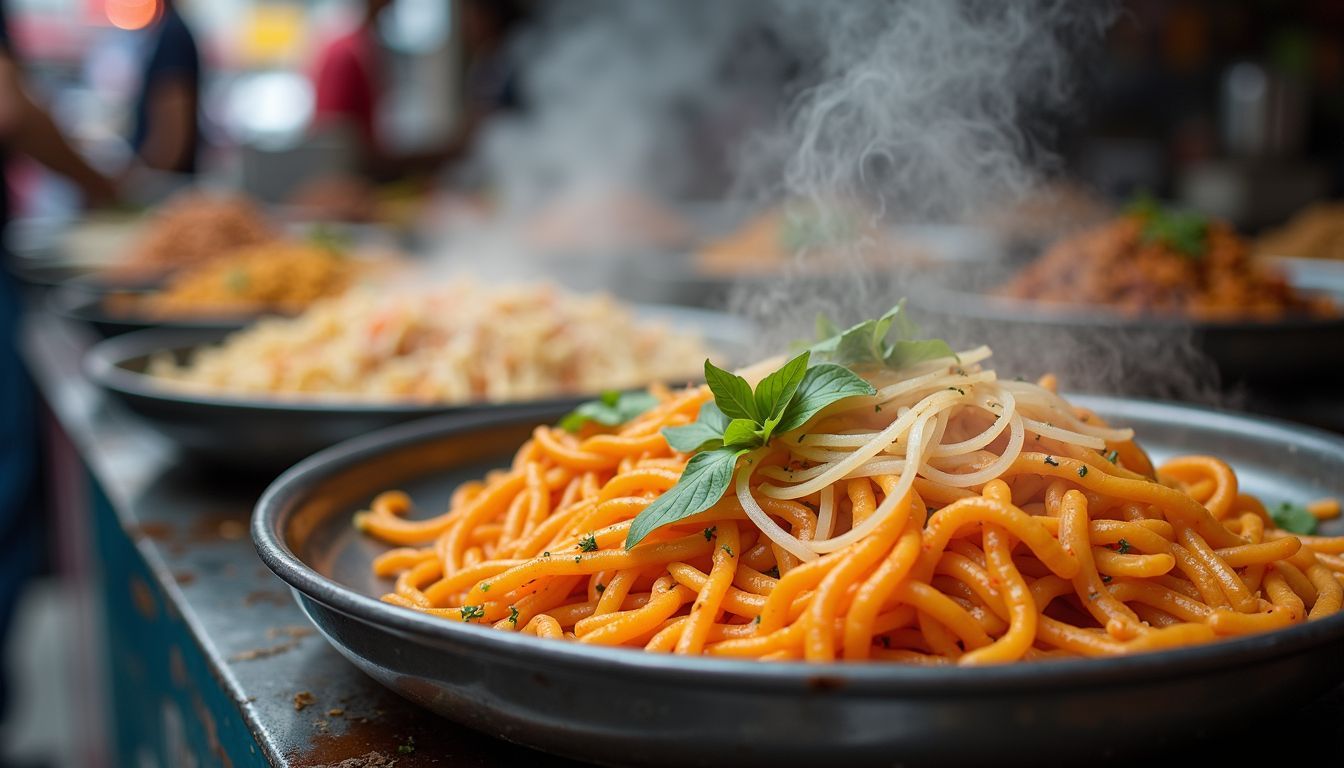
I stick to fully cooked meals. This helps avoid foodborne illnesses when travelling. Cooking kills harmful bacteria and parasites like Helicobacter pylori and Paragonimus, which can cause peptic ulcers or lung fluke infections.
In many places, street vendors serve delicious options like pad thai, tacos al pastor, or som tam that are thoroughly cooked. These dishes often involve steaming or frying at high temperatures—safeguarding my health.
It’s a small step but makes a big difference in staying safe while enjoying local street foods.
Eating fully cooked meals is one of the best ways to protect yourself while exploring new cuisines.
Avoid raw or undercooked meats
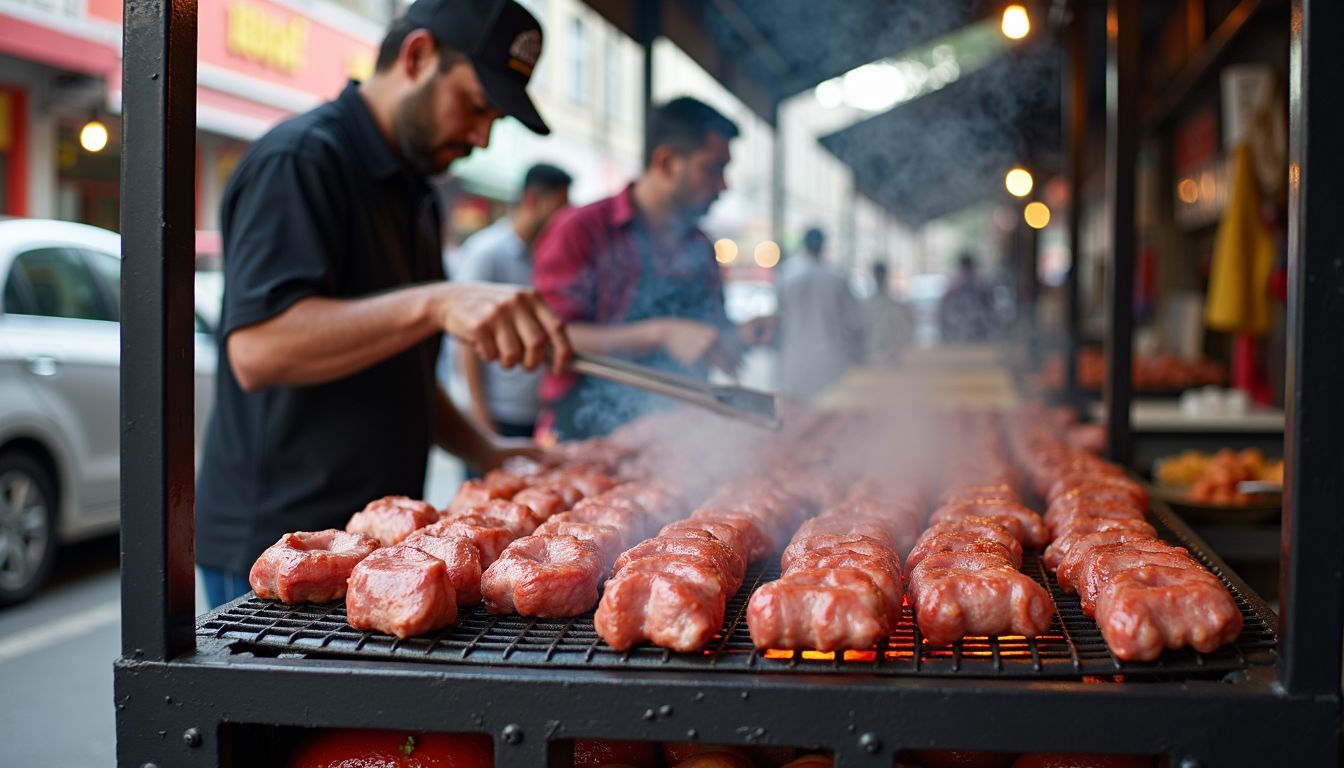
Opt for meats that are fully cooked. This helps prevent food-borne illnesses like gastritis and traveler’s diarrhoea. Always check if the meat is steaming hot.
Street vendors might rush to serve, so keep an eye out. I always look for meat that’s grilled or fried right in front of me. If unsure, pass on it and choose a vegetarian dish instead.
It’s safer and just as tasty!
Choose vegetarian options when unsure
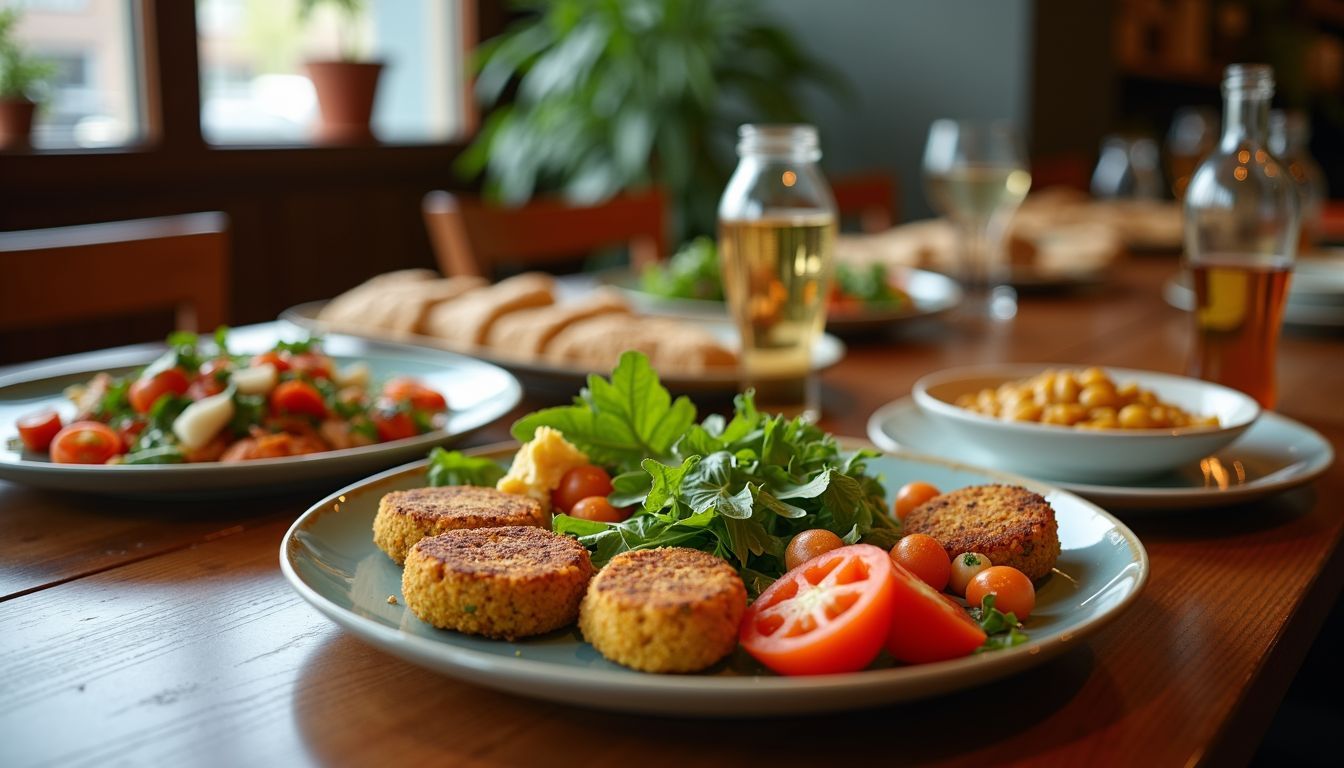
I often choose vegetarian options when unsure about food safety. Vegetarian dishes usually have a lower risk of foodborne illness. This reduces the worry about undercooked meat or fish.
Many tasty and safe vegetarian choices exist. Think of foods like falafel, grilled vegetables, or bean-based soups. These meals are generally safer and just as exciting to try!
Avoiding Common Street Food Pitfalls
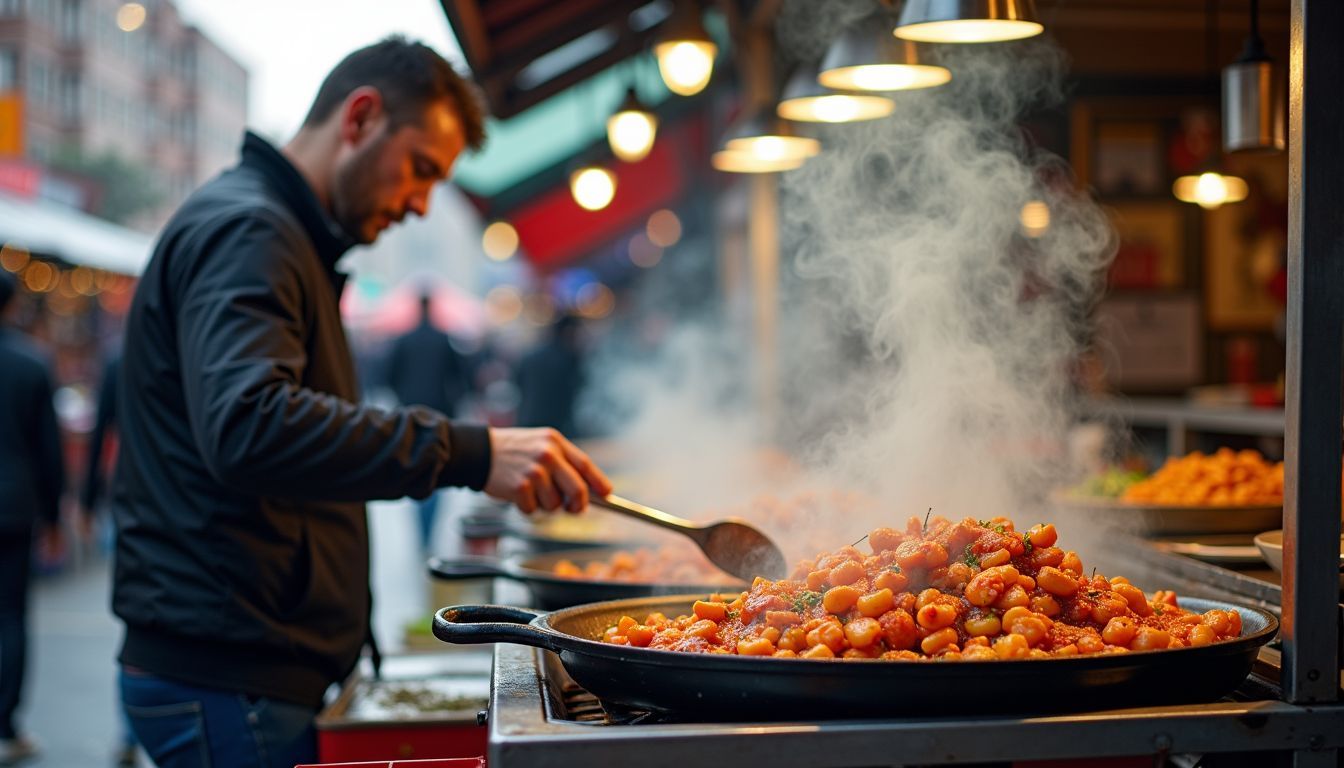
Watch out for food that may spoil quickly due to poor storage. Stick to items that are cooked and served hot for safety… especially in busy markets!
Steer clear of fresh dairy products
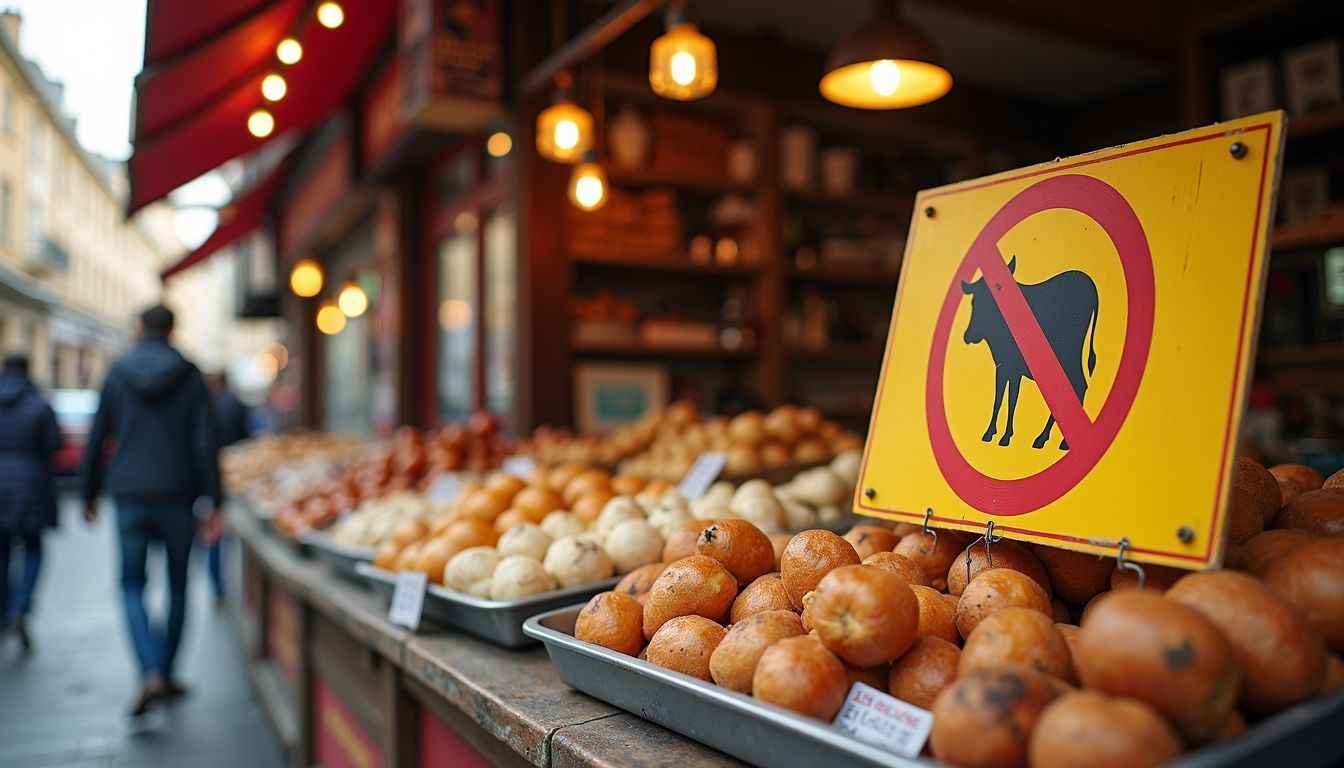
Fresh dairy on the street can be risky. Vendors may not keep it cool enough. This allows harmful bacteria to grow. Unpasteurised milk and cheese are common culprits. Consuming them might lead to food-borne infections.
Stick to cooked foods instead. Even in places famous for their cheese, like Italy or France, I avoid fresh dairy from street stalls. This simple step helps keep my stomach safe during travels.
Always better to be cautious and enjoy the trip!
Pass on salads and unpeeled fruits
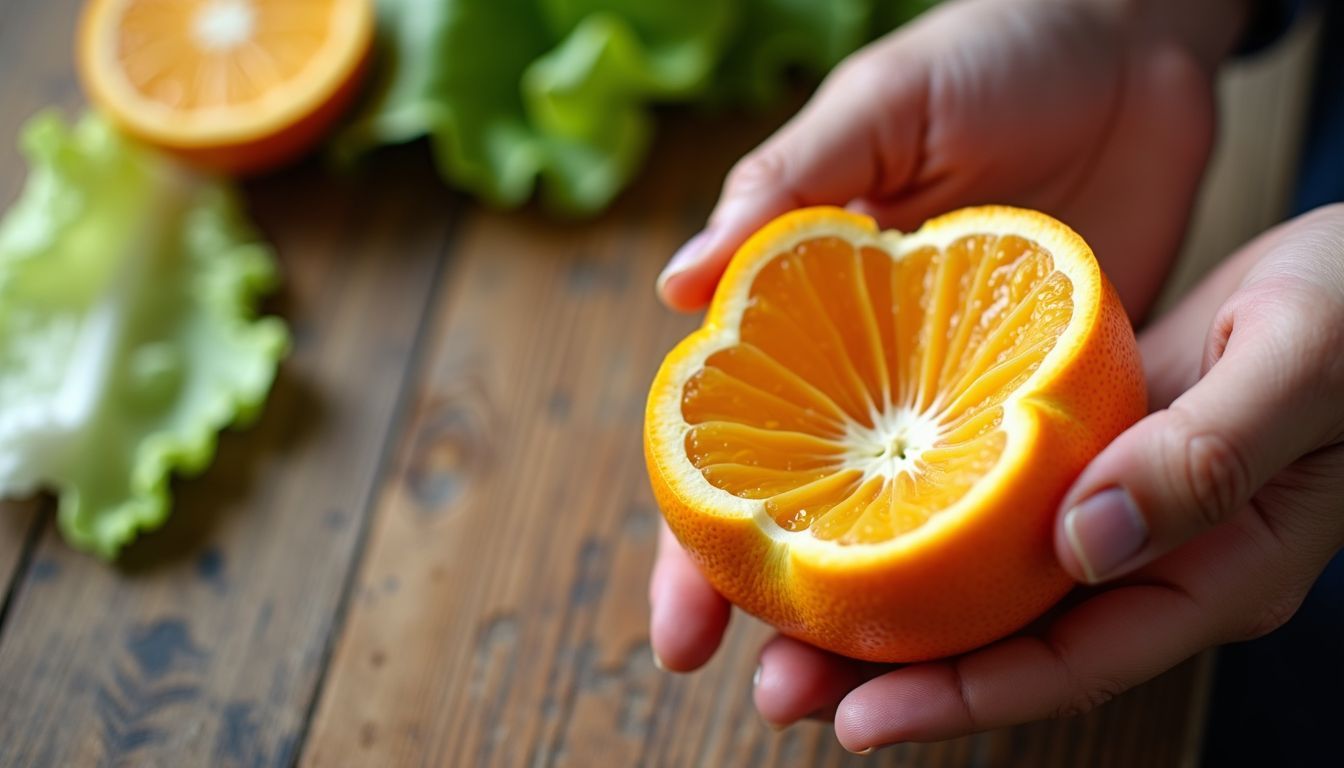
Moving from fresh dairy products to another key point… Pass on salads and unpeeled fruits. Street food vendors often wash these with local water, which can contain harmful bacteria.
Peeling fruit reduces the risk of ingesting germs that might be on the surface.
Opt for fruits you can peel yourself, like bananas or oranges. Salads may seem healthy but can harbour hidden hazards. I once visited a market in Mexico City and saw lettuce washed in tap water—I avoided it and stayed healthy.
Stick to cooked vegetables instead.
Better safe than sorry—choose peeled fruit over potentially risky salads.
Beware of ice in beverages

Ice cubes can be risky. They often come from tap water, which may not be safe. I always ask for drinks with no ice or use bottled water.
Mexican street foods are delicious but watch out for iced beverages there too. It’s easy to get sick… even traveller’s diarrhoea is common. Stick to hot drinks like ginger tea or beverages in sealed bottles.
Using Technology to Enhance Food Safety
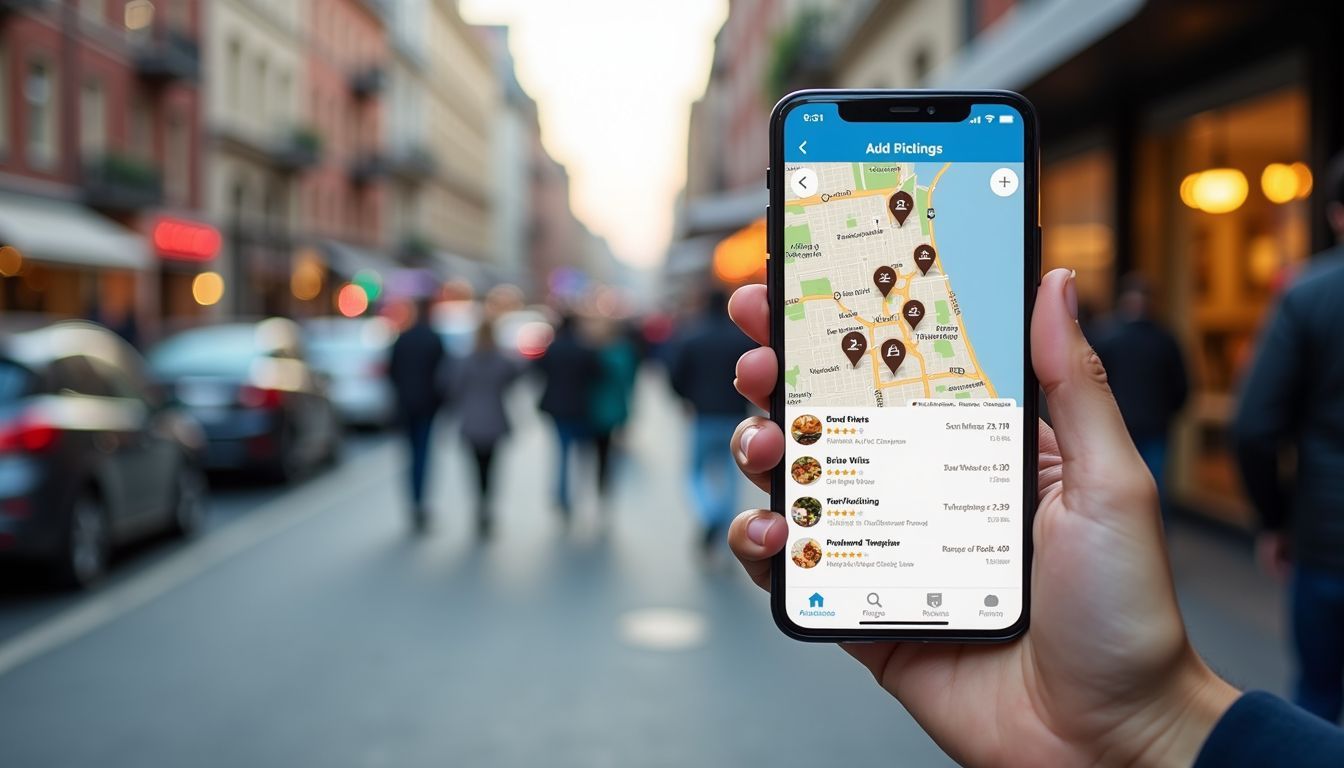
5. Using Technology to Enhance Food Safety: Use travel apps to find popular food spots… They often show reviews and ratings.
Leverage apps to locate reputable food hubs
Street food apps make finding good food easy. Apps like Zomato and Yelp help travellers find safe eateries. In 2018, SurelyAsk.com launched its mobile app, which had over 50,000 downloads in six months!
Follow reviews and ratings on these apps. Many people share their experiences about street vendors there. You can check for high customer turnover and vendor hygiene through these reviews.
Next, let’s talk about practical tips from experienced travellers.
Follow online reviews and recommendations
Online reviews can be a great tool for finding safe street food. I often use my mobile app, SurelyAsk.com, to check detailed travel reviews. This helps me know if others had good or bad experiences.
Social media platforms like Twitter are also helpful. Many travellers share their own photos and thoughts about local food stalls. Following recommendations from such trusted sources ensures I make informed decisions while exploring new places.
Practical Tips from Experienced Travelers
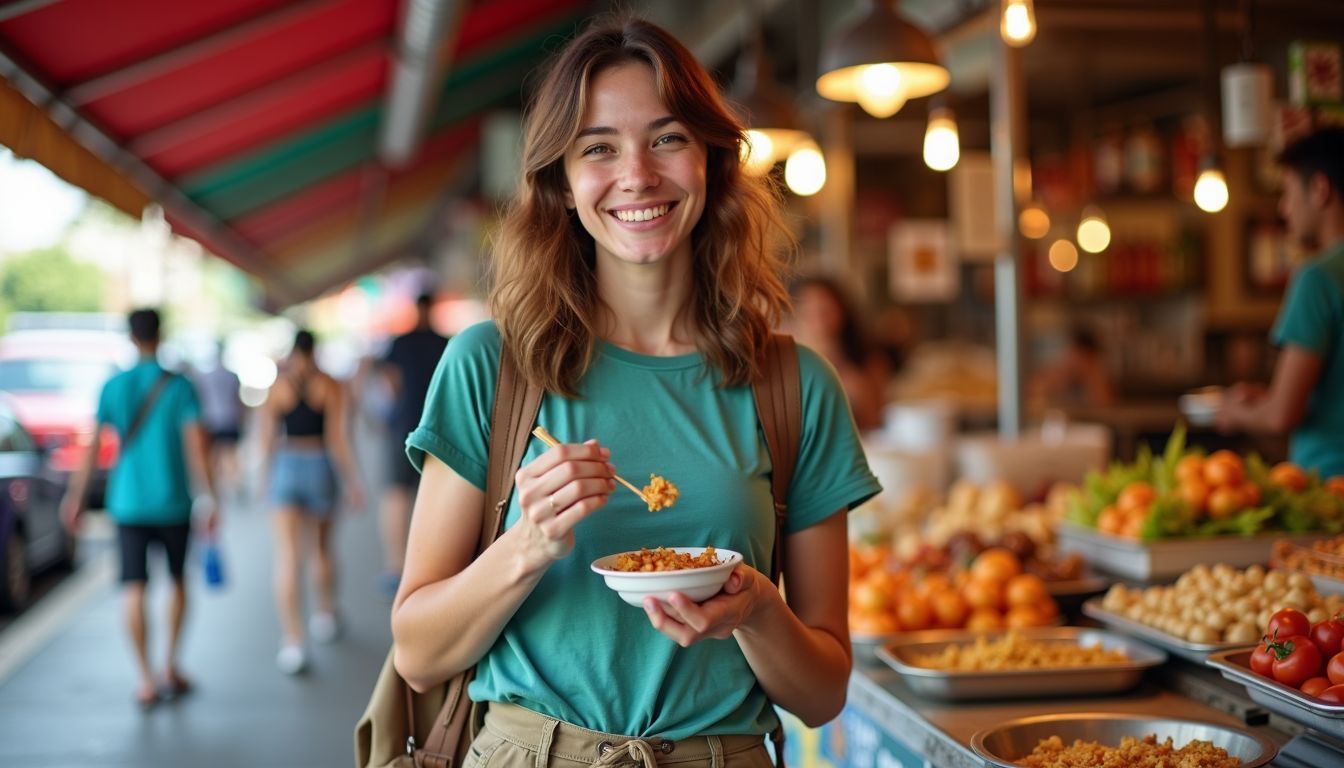
6. Practical Tips from Experienced Travellers: Learn how seasoned travellers enjoy street food safely… read on for their top advice!
Eat during peak local meal times
Street vendors serve the best food during peak local meal times. Locals know when to eat, so follow them. You get fresh and hot dishes then.
Busy hours mean high turnover of ingredients, reducing risks of stale food. If unsure about a place, trust your gut… or better yet, observe others’ eating habits!
Watch food being prepared
I always watch food being prepared. This way, I see how clean the vendor is and ensure they use fresh ingredients. For example, I once saw a vendor in Mexico cleaning his tools after every order; it made me feel safe to eat there.
Checking out how they cook also helps. Fully cooked meals reduce the risk of getting sick. Seeing hot oil frying chicharrónes or watching steam rise from a pot assures me the food is likely safe to eat.
Follow the locals’ choices
Locals often know the best street food spots. I pay attention to where they eat. If a vendor has many local customers, it’s usually safe and tasty.
Following locals’ choices also helps in finding authentic dishes. Local support for these vendors keeps traditional recipes alive. This way, I enjoy genuine meals while ensuring food safety.
Handling Utensils and Cutlery
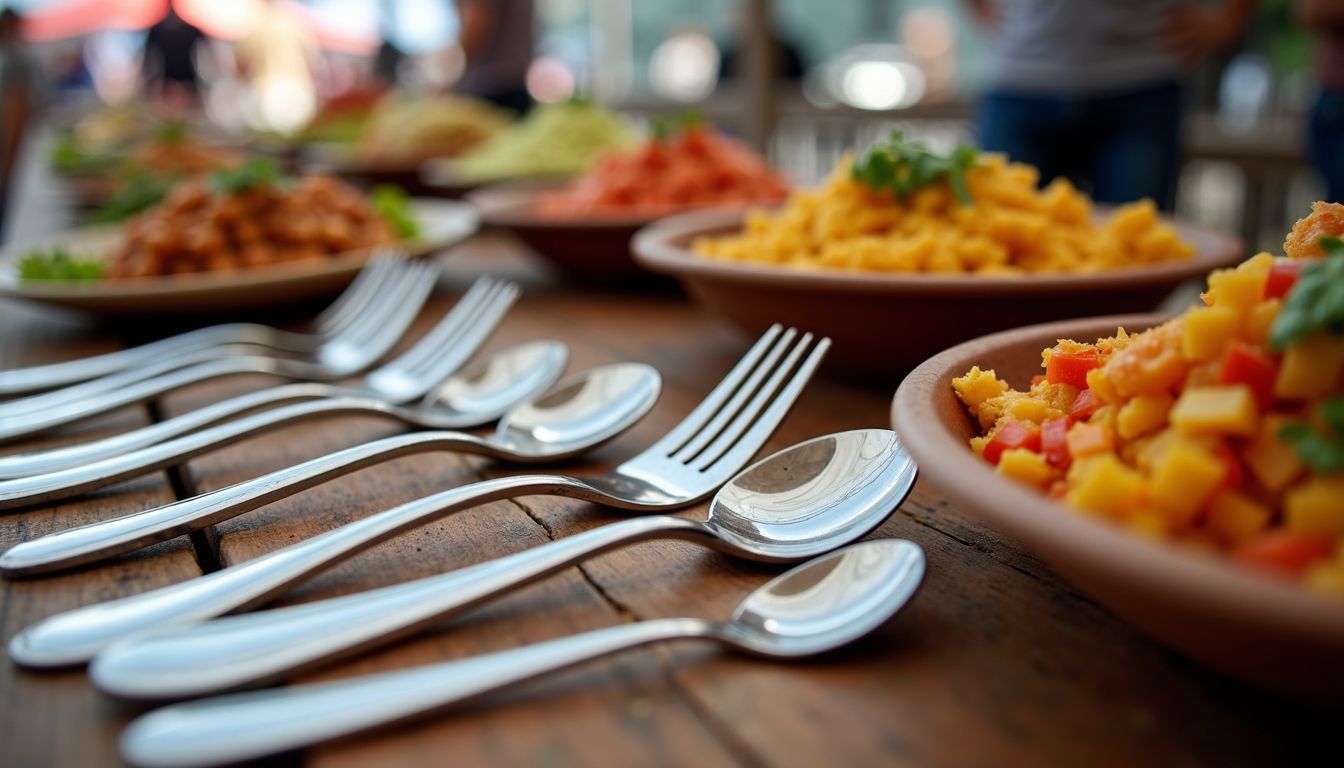
Use your own utensils when trying street food. This keeps things clean and helps avoid germs.
Carry and use your own utensils
I always bring my own utensils. This keeps things clean and safe. Using my chopsticks or sporks avoids germs from shared cutlery.
Bringing your own utensils also supports sustainable tourism practices. It reduces waste, and you can help local street vendors without worrying about hygiene.
Ensure cleanliness of any provided cutlery
Carrying your own utensils is smart, but sometimes you must use the cutlery provided. Always check them before using. Wipe them down with a napkin or sanitising wipe.
If possible, ask the vendor how they clean their utensils. Many street vendors may not have access to modern cleaning tools like dishwashers—be cautious. I always look for hot water and soap as signs of proper cleanliness.
Personal Health and Hygiene
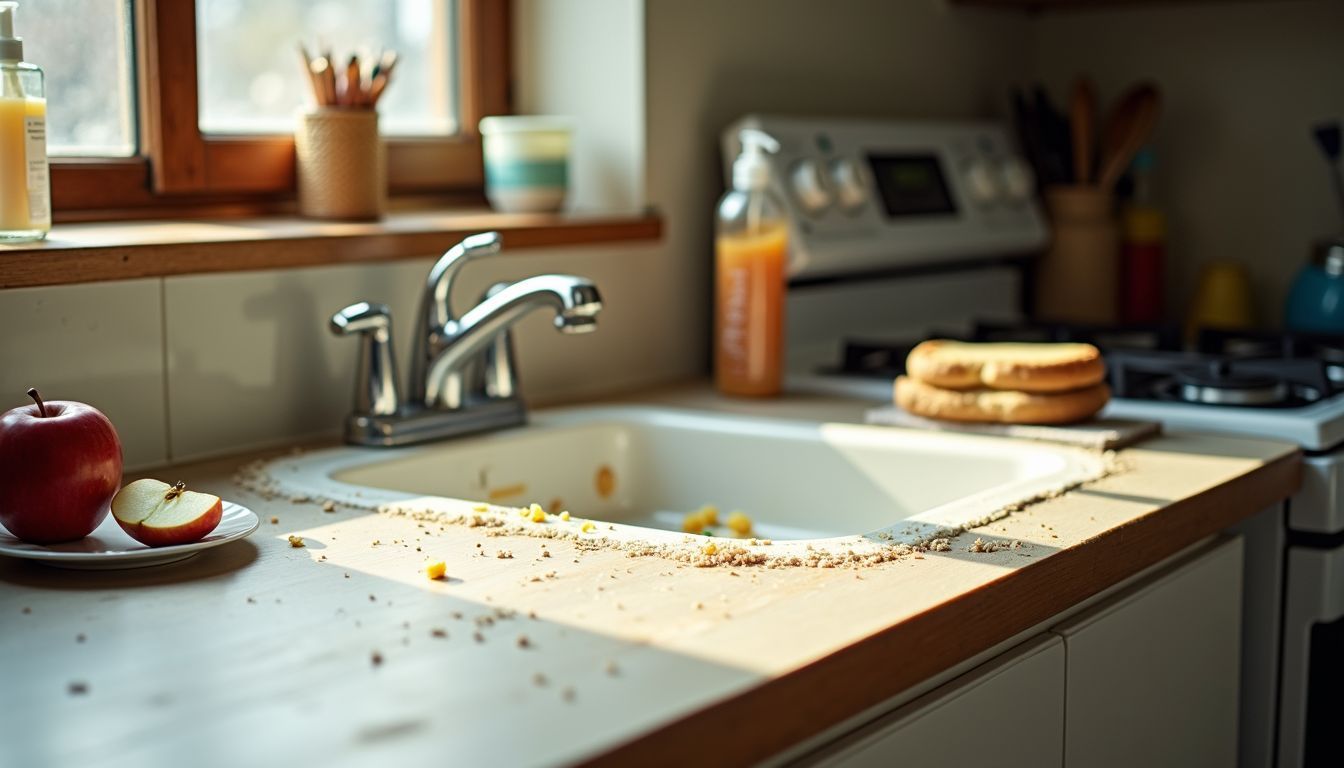
Keep your hands clean with hand sanitiser and wash them often. Your sense of sight and smell can help detect if food seems safe to eat.
Maintain strict hand hygiene
I always carry hand sanitiser. Before eating street food, I wash my hands or use it. Good hand hygiene can prevent infections like amebiasis and traveler’s diarrhoea.
I also avoid touching my face while at street markets. Most places offer filtered water for washing, but having a small bottle of hand sanitiser works best.
Handling utensils and cutlery is next on our list…
Trust your sense of smell and sight
Pay attention to how the food looks and smells. Fresh ingredients have a bright, lively appearance and smell delicious. If something smells off or looks odd, don’t eat it.
Check the cleanliness of the stall. Clean stalls often have less risk of contamination. Look for vendors who keep their area tidy and wear clean clothes. This small step can save you from getting sick…
Next, let’s look at smart money tips for exploring food markets abroad.
Smart Money Tips for Exploring Food Markets Abroad
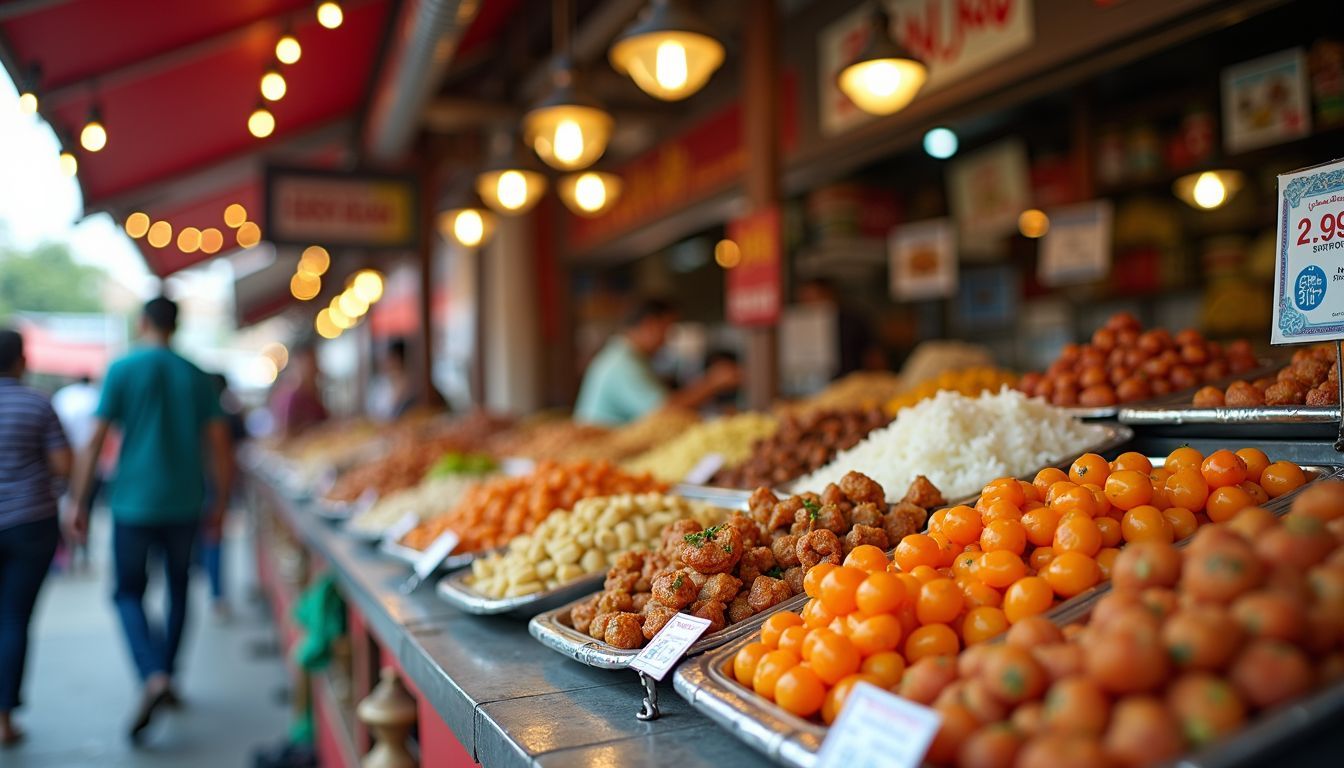
Always carry small denominations of local currency. Vendors love cash, and it saves time spent finding change. Using a credit card? Select one with no foreign transaction fees to avoid extra costs.
Avoid tourist traps by researching street vendors or food stalls online before going out. Apps like TripAdvisor can help you find hidden gems with high ratings from locals and other travellers.
Follow these tips to enjoy the next step of your travel adventure: “Conclusion”.
Conclusion
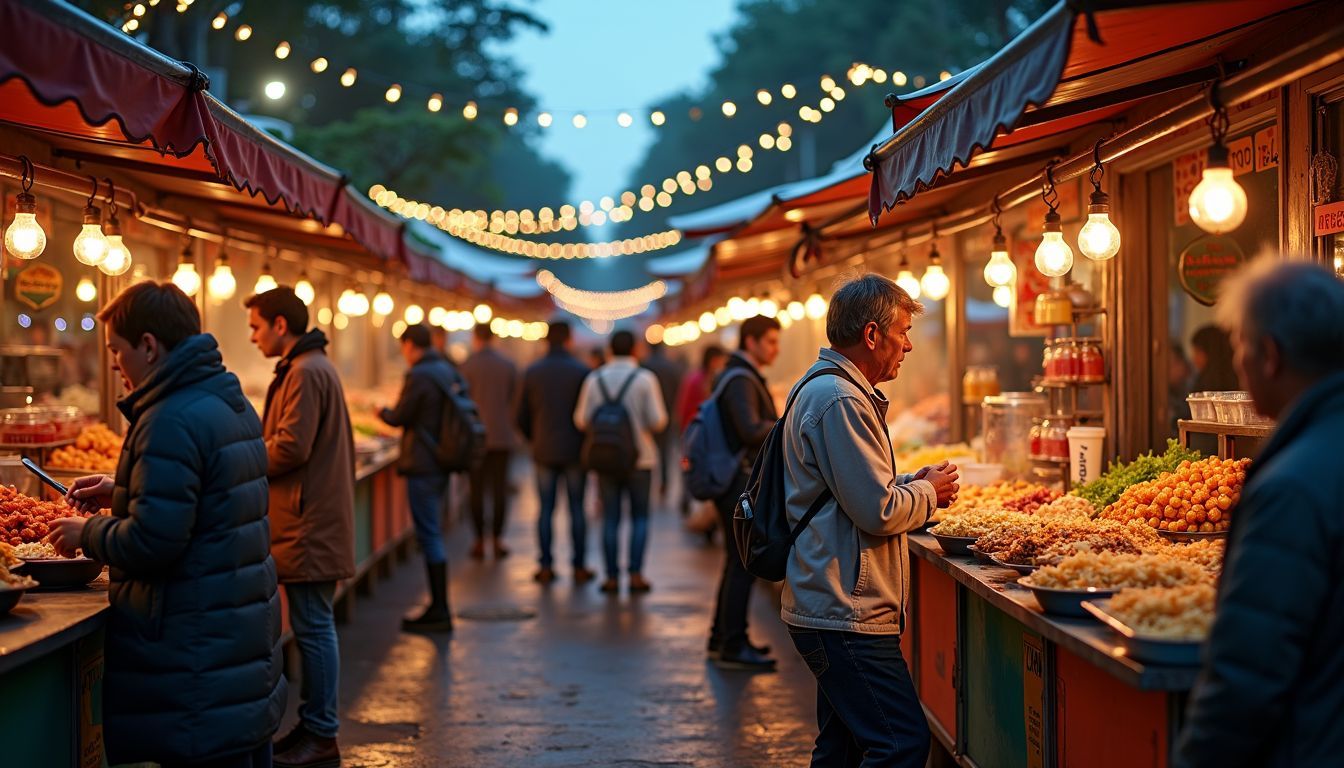
Eating street food can be a joy and safe if you follow these tips. Choose vendors with lots of customers; fresh foods. Eat during busy times and use your own utensils when you can.
Trust your senses—if it smells or looks off, pass on it. Enjoy the flavors of local culture while staying healthy!
FAQs
1. How can I ensure food hygiene when eating street food?
To ensure food hygiene, observe how the street vendors handle and store food. Avoid undercooked eggs and mayonnaise-based dishes like papaya salad. Look for clean water sources and practice proper hand washing.
2. What should I do if I get traveler’s diarrhea from street food?
If you get traveler’s diarrhea, rehydrate with clean water or oral rehydration salts. Stay hydrated to prevent dehydration.
3. Are there any specific foods to avoid at street stalls?
Yes, avoid foods that spoil easily such as raw tomatoes, sausage, and fried pork rinds from questionable sources. Be cautious with fast-food items like burgers which may not be stored properly.
4. How can I protect myself from infections while enjoying local cuisine?
Vaccines help protect against some infections like H.pylori that cause peptic ulcers; also use a water filter or purification tablets for safe drinking water.
5. Can vegetarian diets reduce the risk of illness while travelling?
Vegetarian diets can be safer but still follow good practices—ensure vegetables are washed in purified water and cooked well to kill bacteria.
6. Is it safe to try unique local dishes like tlayudas or khao mun gai?
Unique local dishes like tlayudas (Oaxacan) or khao mun gai are generally safe if prepared by reputable vendors who follow good infection control measures… always check their cooking methods!